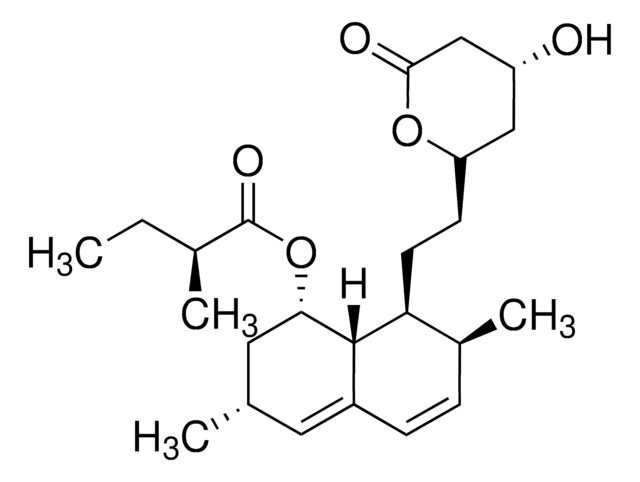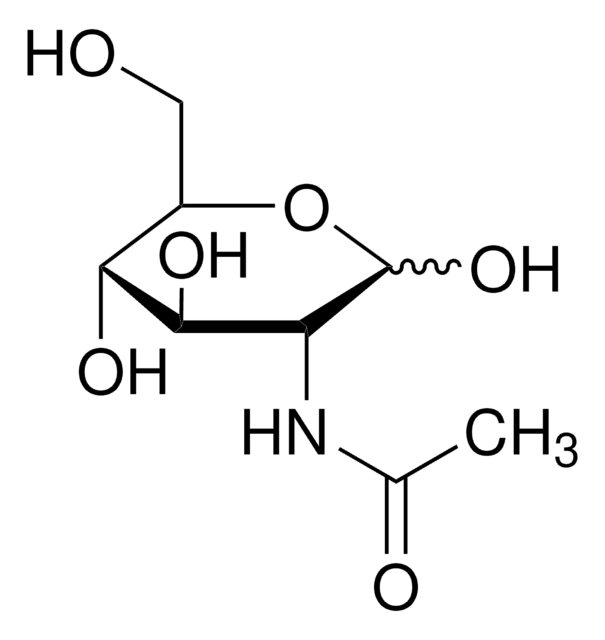S8625
Sodium acetate trihydrate
ReagentPlus®, ≥99.0%
Synonym(s):
Acetic acid sodium salt trihydrate
About This Item
Recommended Products
Quality Level
product line
ReagentPlus®
Assay
≥99.0%
form
powder
autoignition temp.
1112 °F
pH
8.5-10 (25 °C, 408 g/L)
pKa (25 °C)
4.76 (acetic acid)
SMILES string
O.O.O.[Na+].CC([O-])=O
InChI
1S/C2H4O2.Na.3H2O/c1-2(3)4;;;;/h1H3,(H,3,4);;3*1H2/q;+1;;;/p-1
InChI key
AYRVGWHSXIMRAB-UHFFFAOYSA-M
Looking for similar products? Visit Product Comparison Guide
Related Categories
Application
- Direct Affinity Ligand Immobilization onto Bare Iron Oxide Nanoparticles Enables Efficient Magnetic Separation of Antibodies: Highlights the role of sodium acetate trihydrate in bioengineering, particularly in the enhancement of magnetic nanoparticle performance for bioseparation applications (Zimmermann I, Berensmeier S, 2024).
- Physicochemical and antioxidant properties of pectin fractions extracted from lemon (Citrus Eureka) peels: Details the use of sodium acetate trihydrate in the extraction and analysis of bioactive compounds, supporting its critical role in food science and nutraceutical applications (Su Z, Li G, 2024).
Other Notes
Legal Information
Storage Class Code
11 - Combustible Solids
WGK
WGK 1
Flash Point(F)
Not applicable
Flash Point(C)
Not applicable
Certificates of Analysis (COA)
Search for Certificates of Analysis (COA) by entering the products Lot/Batch Number. Lot and Batch Numbers can be found on a product’s label following the words ‘Lot’ or ‘Batch’.
Already Own This Product?
Find documentation for the products that you have recently purchased in the Document Library.
Customers Also Viewed
Protocols
Enzymatic Assay of Sulfatase (EC 3.1.6.1.)
This procedure may be used for the determination of Amyloglucosidase activity using starch as the substrate.
Our team of scientists has experience in all areas of research including Life Science, Material Science, Chemical Synthesis, Chromatography, Analytical and many others.
Contact Technical Service




